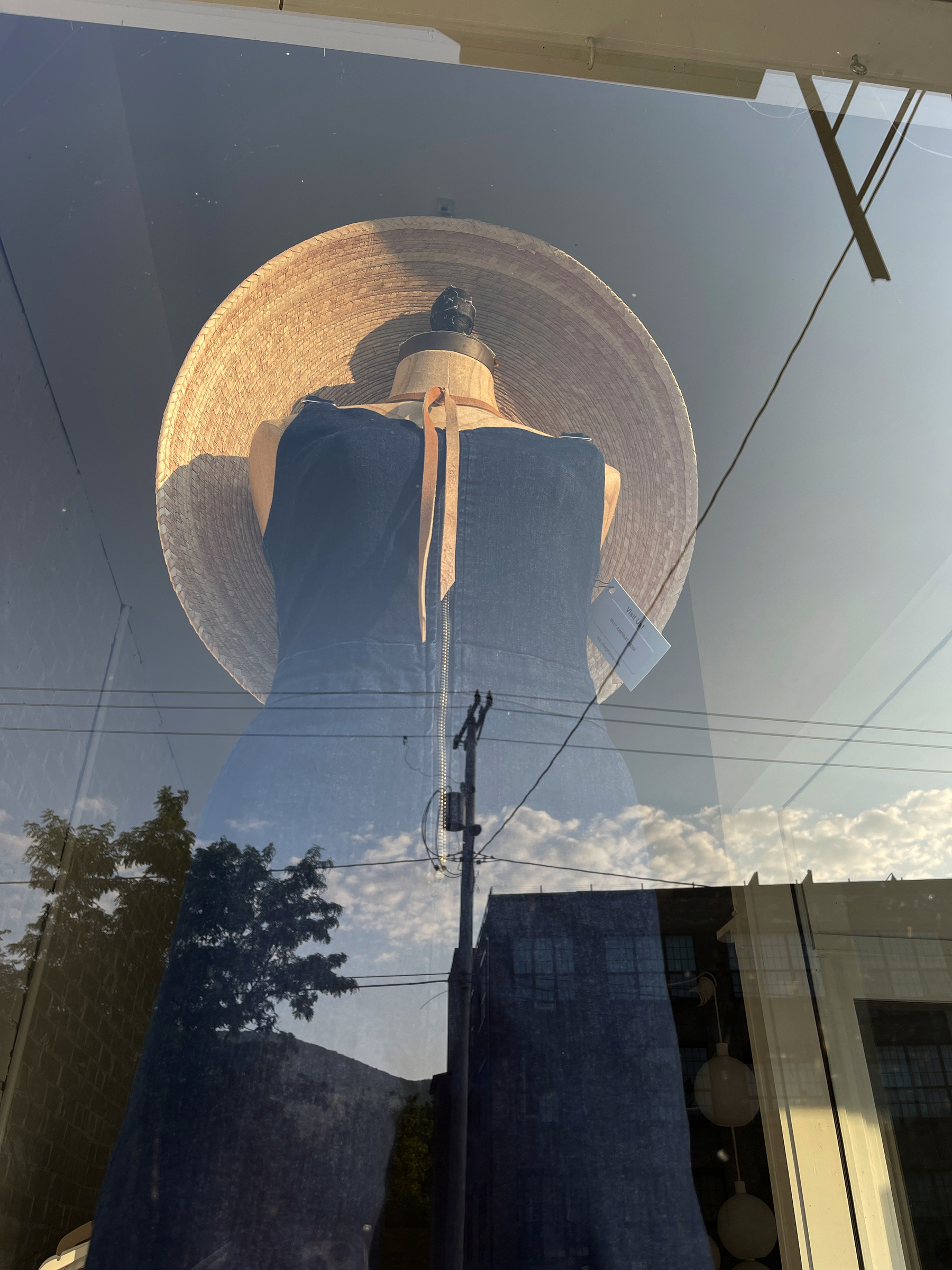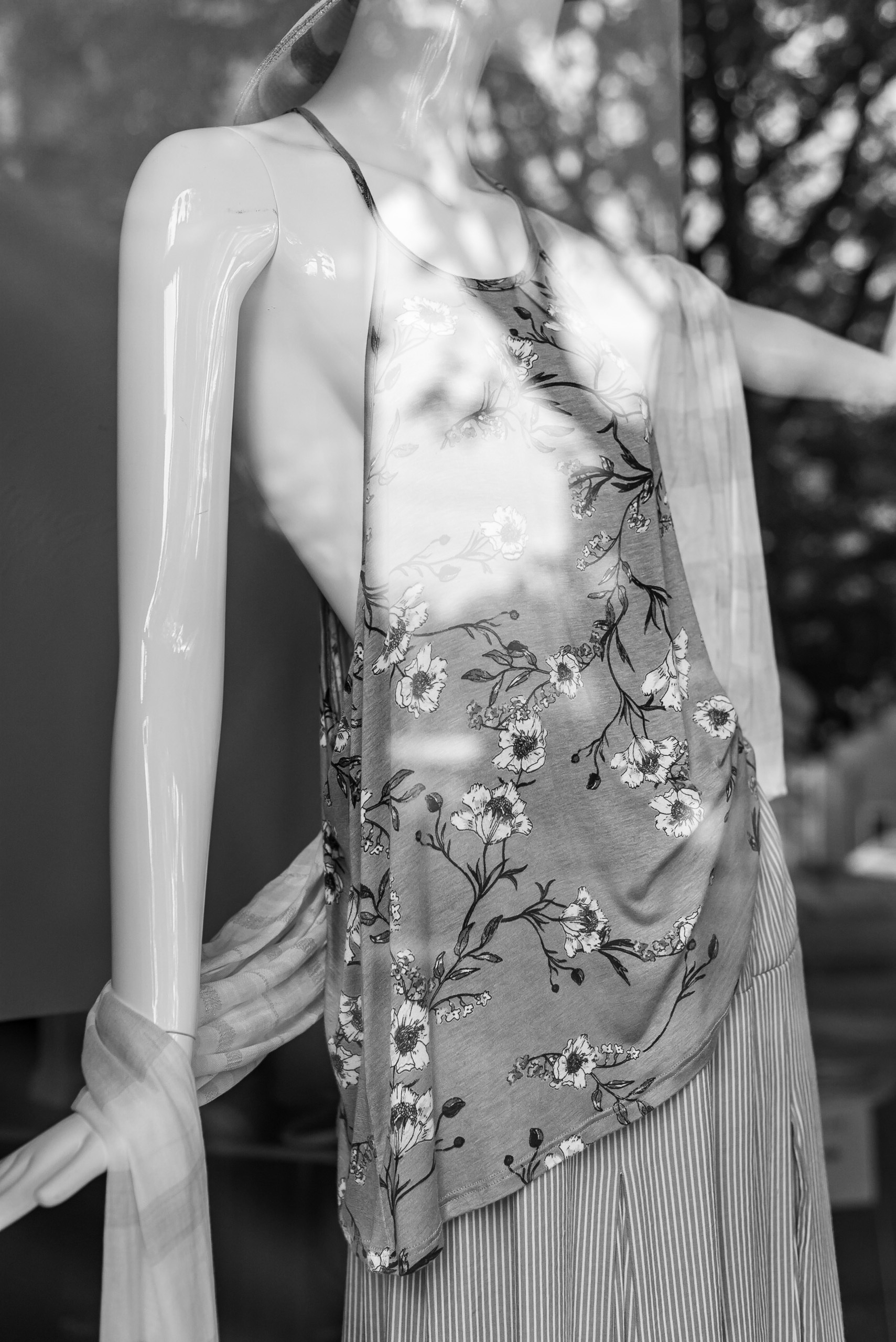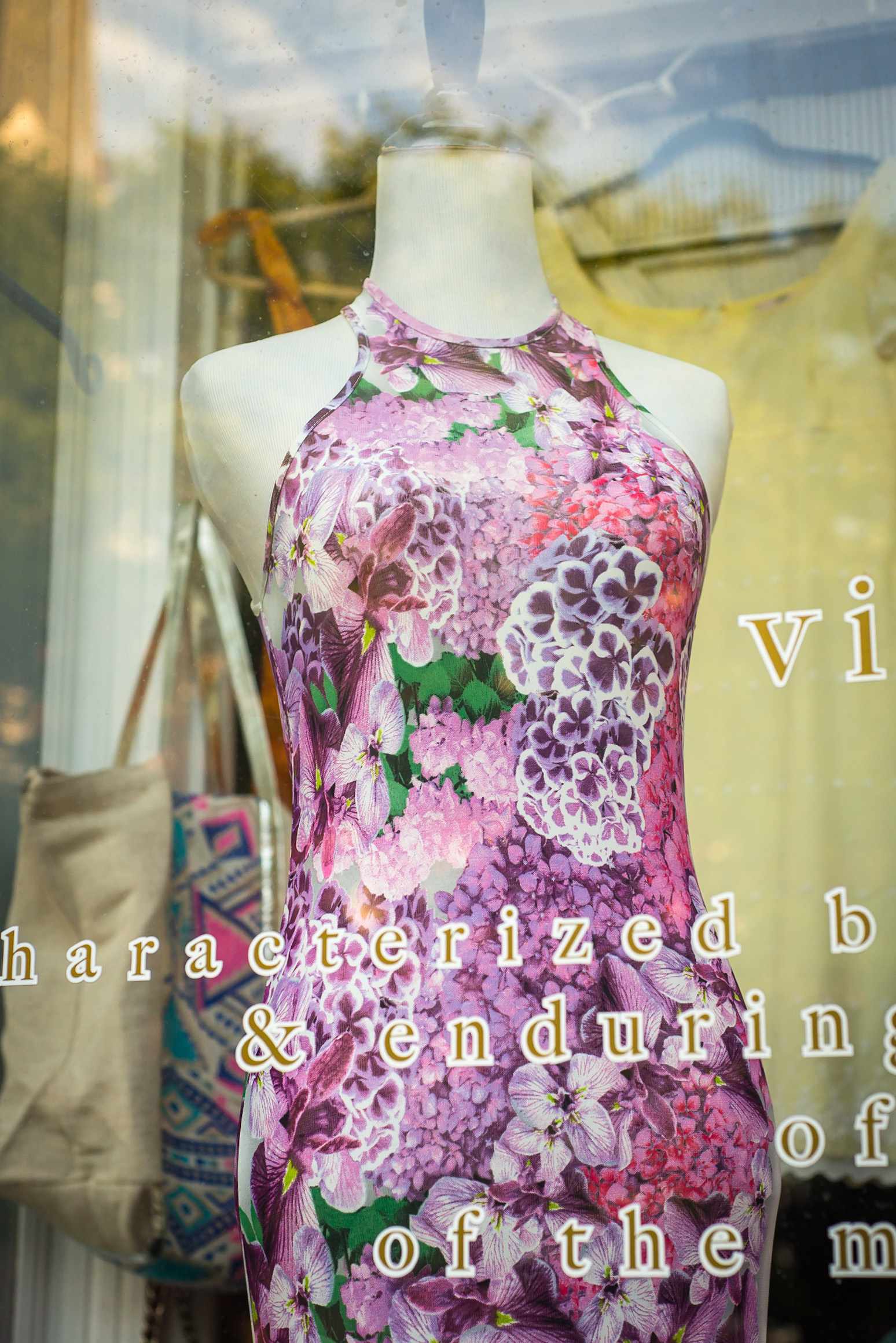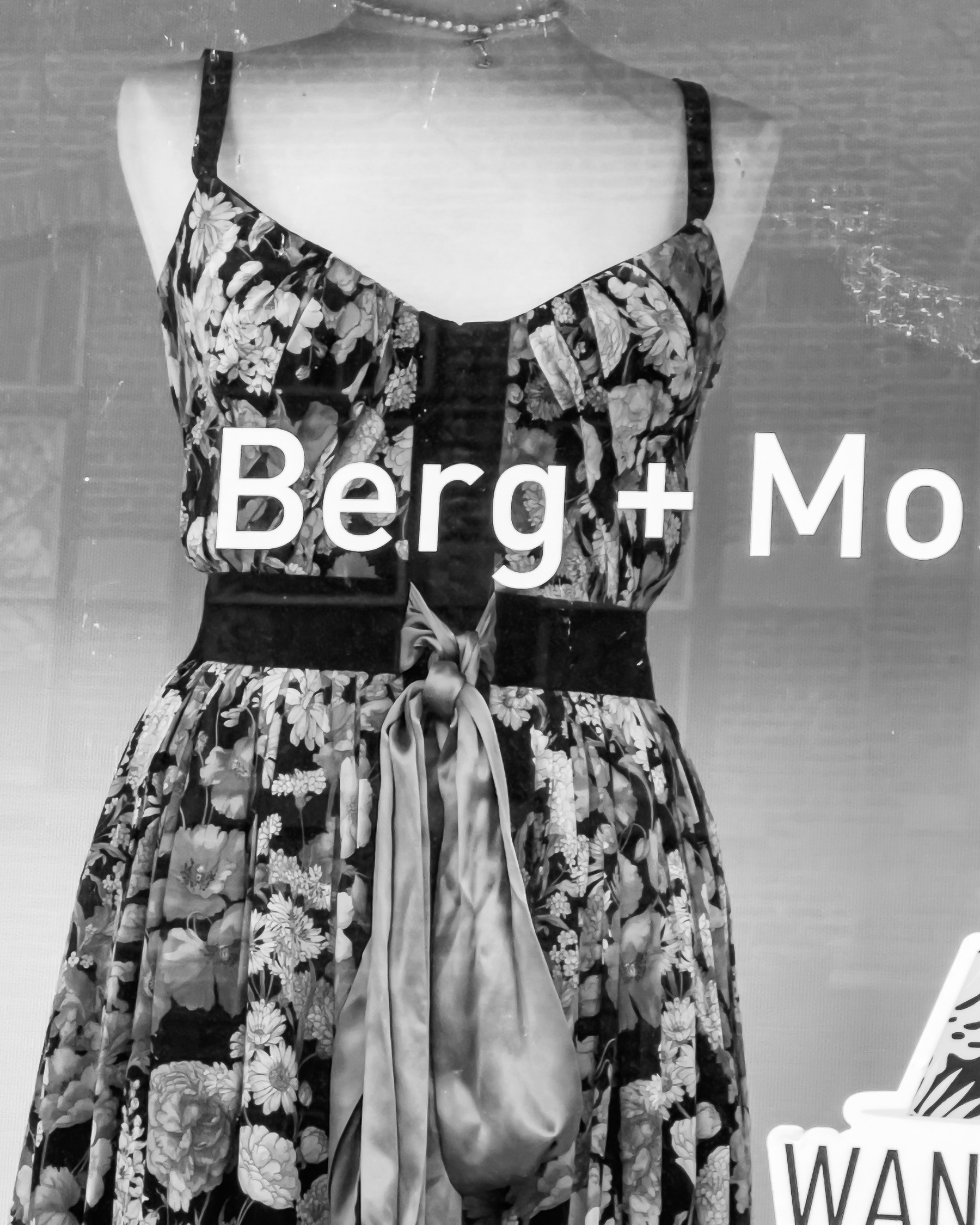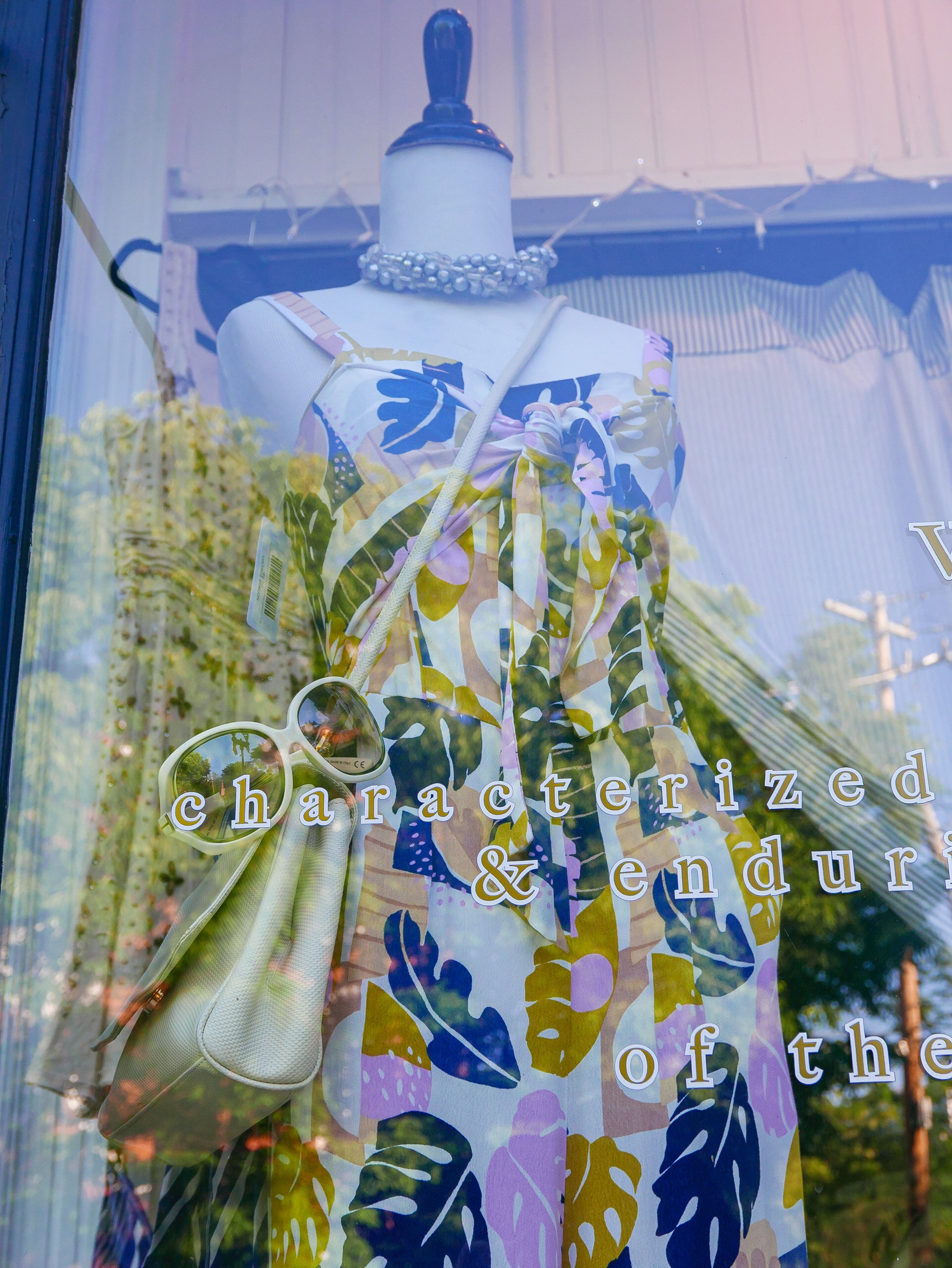i am a year and nine months into my transition to feminine presentation… i have completely replaced my masculine leaning clothing with decidedly feminine garments… i have invested a small fortune in cosmetics, mostly nail polish and lipstick… my morning ritual includes belly, chest, breast and face shaving… face and neck moisturizer/sunscreen… deciding on my foundational garment, then accessorizing… jewelry, headbands, scarves… and finally, lipstick… i haven’t developed a nightly face cleansing routine but i have the products for it…
during the past 21 months i became progressively bolder with my look… i moved from garments walking the line between masculine and feminine to garments, like flowy maxi dresses, that are unmistakably women’s clothing… i moved from barely noticeable flesh tone lipstick to shades of pink, copper and then bold red… it has been an extended normalizing process… for my wife, my family, my community, myself… i needed to get used to being womanly… wearing lipstick, jewelry and dresses in public… i needed to figure out how safe i was presenting as a womanly man in public…
i am lucky… wife, family, friends, community… all have been able to embrace this new me… my wife misses more masculine me… but she knows i am not a substantially different person in my thinking and beliefs and that feminizing myself makes me happy… my mother and sister don’t fully understand it, but both of them have been able to make peace with it because they see how happy i am… both have given me jewelry and/or scarves from their personal collections… my brother fully embraced and supported it from the beginning…
my father passed away a few years ago, which is fortunate because i am certain he would not have embraced my feminine… i would not have… did not… challenge him with it… to do so would have cut me off from my mother… in part, because of him, i kept my masculine facade longer than i might have… his death weakened the dam to my feminine, which then burst…
thinking about my life… i realize that feminine expression lurked in the shadows from an early age… i can recall my preteen self trying on my mother’s bras, which my sister saw and ratted me out… i don’t remember any serious consequences… my parents probably thought i was exploring as kids do… i wonder if my father even knew about it…
in high school there was reason to don a toga garment in latin class… i loved the dress like flow of fabric around me and decided to stay dressed in the toga as i went to other classes until my latin teacher caught up with me and suggested it wasn’t playing well to my classmates…
i recall my high school girl friend giving me shirts she got from a relative’s business that were essentially blouses… there was a floral and completely transparent one that i was prepared to wear to school… my mother talked me out of it… i was not a kid that ever fit in very well… she had worked hard over the years to help me avoid being picked on…
during my first marriage i collected women’s hat pins, beaded purses, and other feminine accessory collectables… my second wife carried one of my beaded purses on our wedding day…
before i fully blossomed into trans-feminism, i purchased a couple of unisex maxi tunics from Rawganique, which i wore on ceremonial occasions… weddings, baptisms, etc… for a niece’s wedding i wore a long sleeve off white tunic and white, Truman Capote style summer hat… i was declared the best dressed man at the wedding by more than one of the young women attending… when i started using the same hair stylist my wife used i discovered the joys of a french braid, which became my signature hair style to wear with the maxi tunic garments…
as i said, all of this stayed on the borderline between masculine and feminine until my father died… the year after his death, a compulsive fascination with female mannequins and women’s clothing began to build… i wrote about it… i also read numerous books by women about being women… i photographed women’s shop mannequins on my daily walks… i was not conscious of where it was leading until i found myself ordering my first lipstick… flesh colored… barely noticeable when i wore it in public… shortly after that i ordered my first sweater dress which i wore over jeans in tunic fashion… my desire for feminine presentation mushroomed… finding clothes and accessories became an obsession consuming all my available creative energy for more than a year…
recently a woman friend shared a link to a facebook post written by a dad about his pre-teen son who liked wearing dresses… he was supportive and proud of his son’s courage… for the time being, he wrote, they are still using he/him pronouns to refer to him because, as his son put it, “i am just a boy that likes to wear dresses”… that is where i seem to have landed… i am a man that likes to wear dresses, jewelry and lipstick… i love to feel feminine… womanly… it’s hard to describe how good and complete i feel in feminine presentation… still, as i assured my mother, much to her relief, i don’t feel a need to become a woman physically the way i did to become a womanly man (wo-man?)… i literally could not control it… while i am sometimes sad i don’t have a woman’s body (ooh the tight fitting sexy dress possibilities!) i make the best of what i have… i am happy with that… true transitioning to a woman’s body is not compulsively essential to me… or worth the expense and risks of hormone therapy, surgery, etc…
returning to my community, i have been amazed by how embracing people have been… women especially… i have been gifted jewelry, clothing and scarves by many of them… some men… strangers, acquaintances and friends… have embraced me with friendliness… just the other day, two male acquaintances made a point of sitting down and talking with me, even as i was wearing a black linen mini dress, brass bead necklace and bold purple red lipstick… i am grateful… there are towns north, south, east and west of me that would not be so accepting… i moderate my feminine when i travel outside of Beacon…
The difference between the sexes is not whether one does or doesn't have a penis, it is whether one is an integral part of a phallic masculine economy.
–bell hooks, Feminist Theory: Margins to Center
i believe in the power of feminine… having learned that women are every bit as capable of exercising the power of patriarchal structure, in dominating patriarchal ways, i realized it was the egalitarian and nurturing qualities we associate with the feminine that were important and sadly withered across much of human history… i am trying to puzzle out why masculine has been so dominant since time out of mind almost… there are, i believe, some examples of matriarchal societies that deployed the power of feminine to organize and manage themselves, but they have not been common… in the world today there is a testosterone contest of powerful men going on… i want masculine to rebalance with feminine, yinyang fashion… both qualities are important but masculine is far too dominant and running amok in the present moment… if the rebalancing is half as positive for society in general as it has been for me, the world will be a much better place…
when Donald Trump was elected president, i worried i would have to return to the closet… i am still not sure i won’t… we appear to be in the early stages of constructing a police state… they have built an ICE detention facility in the middle of the Florida everglades… there appear to be plans for more facilities across the country… the big ugly bill just passed by congress contains billions of dollars of extra funding for ICE and immigrant “management”… if we are moving to worse case scenario authoritarianism, this police state apparatus will be turned to other uses when the administration is done with immigrants… LGBTQ+ people in general, and trans people specifically, have been targeted in far right rhetoric… it will be constant reassessment as things continue to unfold… for now, it is both my happy place and my anti capitalist, antiauthoritarian statement of defiance to wear dresses, skirts, jewelry and lipstick for all the world to see… resistance is essential, and not yet futile…
